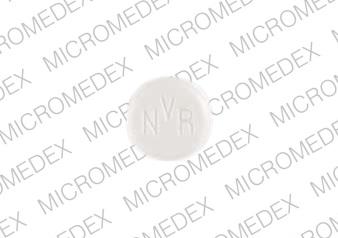Zelnorm Disease Interactions
There are 4 disease interactions with Zelnorm (tegaserod).
Tegaserod (applies to Zelnorm) intestinal obstruction
Major Potential Hazard, High plausibility. Applicable conditions: Abdominal Adhesions, Gallbladder Disease
The use of tegaserod is contraindicated in patients with a history of bowel obstruction, symptomatic gallbladder disease, suspected sphincter of Oddi dysfunction, or abdominal adhesions. Stimulation of gastrointestinal motility might be harmful in these conditions.
References
- (2002) "Product Information. Zelnorm (tegaserod)." Novartis Pharmaceuticals
Tegaserod (applies to Zelnorm) liver disease
Major Potential Hazard, High plausibility.
The use of tegaserod is contraindicated in patients with moderate or severe hepatic impairment, as it has not been adequately studied for treatment in this population. In subjects with mild hepatic impairment, mean peak plasma concentration (Cmax) and area under the concentration-time curve (AUC) of tegaserod were 16% and 31% higher, respectively, compared to subjects with normal hepatic function. No dosage adjustment is required in patients with mild hepatic impairment; however, caution is advised when using tegaserod in such patients.
References
- (2002) "Product Information. Zelnorm (tegaserod)." Novartis Pharmaceuticals
Tegaserod (applies to Zelnorm) renal dysfunction
Major Potential Hazard, High plausibility.
The use of tegaserod is contraindicated in patients with severely impaired renal function. According to the manufacturer, no change in the pharmacokinetics of tegaserod was observed in subjects with severe renal impairment requiring hemodialysis (CrCl < 15 mL/min/1.73 m2). However, the peak plasma concentration (Cmax) and area under the concentration-time curve (AUC) of the main pharmacologically inactive metabolite of tegaserod increased 2- and 10-fold, respectively, compared to healthy controls. The clinical significance of this observation is unknown. No dosage adjustment is required in patients with mild to moderate renal impairment.
References
- (2002) "Product Information. Zelnorm (tegaserod)." Novartis Pharmaceuticals
Tegaserod (applies to Zelnorm) diarrhea
Moderate Potential Hazard, High plausibility.
Tegaserod should not be initiated in patients who are experiencing or frequently experience diarrhea. Tegaserod stimulates gastrointestinal motility and may cause diarrhea, usually within the first week of treatment. Patients should contact their physician if they experience severe diarrhea during therapy, or if the diarrhea is accompanied by severe cramping, abdominal pain, or dizziness.
References
- (2002) "Product Information. Zelnorm (tegaserod)." Novartis Pharmaceuticals
Zelnorm drug interactions
There are 2 drug interactions with Zelnorm (tegaserod).
Zelnorm alcohol/food interactions
There is 1 alcohol/food interaction with Zelnorm (tegaserod).
More about Zelnorm (tegaserod)
- Zelnorm consumer information
- Check interactions
- Compare alternatives
- Reviews (42)
- Drug images
- Side effects
- Dosage information
- During pregnancy
- FDA approval history
- Drug class: serotoninergic neuroenteric modulators
- Breastfeeding
Related treatment guides
Drug Interaction Classification
| Highly clinically significant. Avoid combinations; the risk of the interaction outweighs the benefit. | |
| Moderately clinically significant. Usually avoid combinations; use it only under special circumstances. | |
| Minimally clinically significant. Minimize risk; assess risk and consider an alternative drug, take steps to circumvent the interaction risk and/or institute a monitoring plan. | |
| No interaction information available. |
Further information
Always consult your healthcare provider to ensure the information displayed on this page applies to your personal circumstances.


